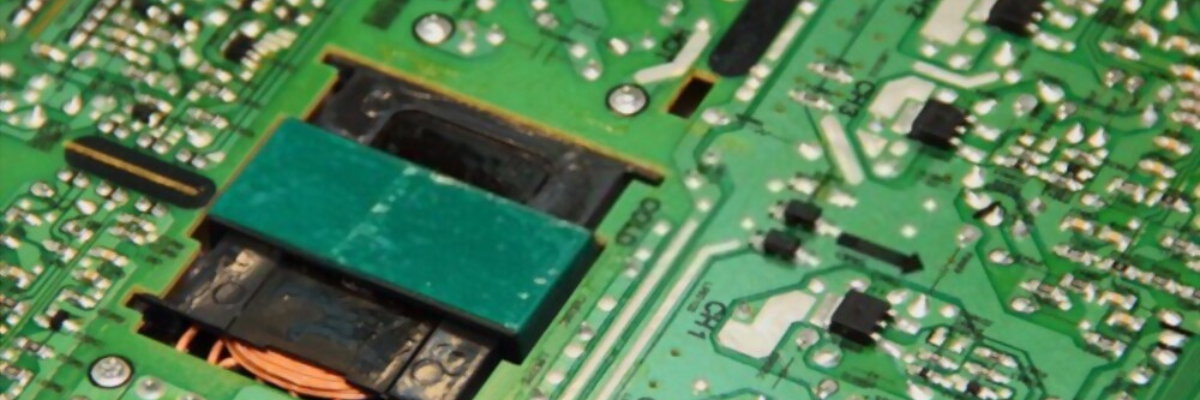10 Factors that Determine the Overall PCB Cost

10 Factors that Determine the Overall PCB Cost
The PCB production and assembly involve numerous variables that can greatly add to the overall cost of manufacturing. Having a clear idea of the cost drivers involved in PCB manufacturing is of utmost importance for any business operating in the electronics industry. By identifying and comprehending these cost drivers, businesses can make better decisions and implement strategies to minimize expenses, while enhancing efficiency. Would you like to get a better understanding of the cost involved in PCB fabrication? If yes, then continue reading the post.
Key PCB Cost Drivers
When it comes to designing and manufacturing printed circuit boards, there are several factors that can influence the cost of the project overall. A few of them include;
-
PCB Size: Make an informed decision on the size of the PCBs, as it plays a critical role in adding to the overall board cost. It goes without saying that, the cost increases with larger PCB size, as it demands more materials, take longer to manufacture, and may need specialized equipment.
-
Turnaround Time: Time is another important cost driver involved in the fabrication of PCBs. Expedited or quick-turn services typically involve higher costs as they require prioritizing the production schedule, along with working beyond regular production hours.
-
Quantity: Overall cost also depends on the number of PCBs you need. Ordering a larger quantity of PCBs often results in a lower cost per unit, as the manufacturing process can be more efficient.
-
Number of Layers: PCBs can have single-sided, double-sided, or multiple layers. Each additional layer adds complexity to the design and manufacturing process, adding to the cost. The usage of more layers also demands additional material usage and time for manufacturing. Hence, choose to make multi-layered PCBs only when it is a necessity for end applications.
-
Material Selection: The choice of materials used in PCB manufacturing can significantly impact the cost. Advanced and specialized materials like Rogers Material and FR-4 may be more expensive compared to standard options. Hence, choosing the materials wisely helps you be on a specified budget.
-
Customization Requirements: Unlike standard boards, customization adds complexity to the PCB designing and assembly process, which can add up to the costs. Specialized features, including unique shapes, cutouts, or unusual layer stackups, demand additional steps or materials, resulting in higher manufacturing costs.
-
Surface Finish: Surface finishing, which is one of the crucial steps in the PCB production process, is yet another major cost driver. The surface finish like HASL (Hot Air Solder Leveling), ENIG (Electroless Nickel Immersion Gold), or immersion silver, has its own advantages due to the different materials and processes involved. Choose the best option that aligns with your project wisely as each finish involves different costing variables.
-
Test Requirements: The cost of PCB production depends on the complexity and extent of testing requirements. Testing ensures that the PCB functions as expected and meets the specified requirements. However, keep in mind that more comprehensive testing involves multiple stages and the utilization of advanced equipment, leading to increased overall costs.
-
Certification: Compliance with certain certifications is of utmost importance for your PCB, especially for boards meant for military or medical industry applications. For instance, if your PCB is intended for use in any mission-critical aerospace equipment, it may need to meet specific industry standards or safety regulations. Having said this, note that the cost of obtaining and maintaining these certifications can be a significant cost driver.
-
Assembly Process: Last but not least, the preferred assembly type for your PCB can be an important cost driver. Different options, such as surface-mount technology (SMT) or through-hole technology (THT), have varying costs associated with them. Hence, it is advisable to choose the right one after examining the project specifications.
By considering these PCB cost drivers during the design and fabrication stages, you can make informed decisions that align with your project requirements and budget. Associating with experienced and leading PCB manufacturers like Twisted Traces can also help you optimize costs while ensuring the finest-quality results.
.png)



.png)
